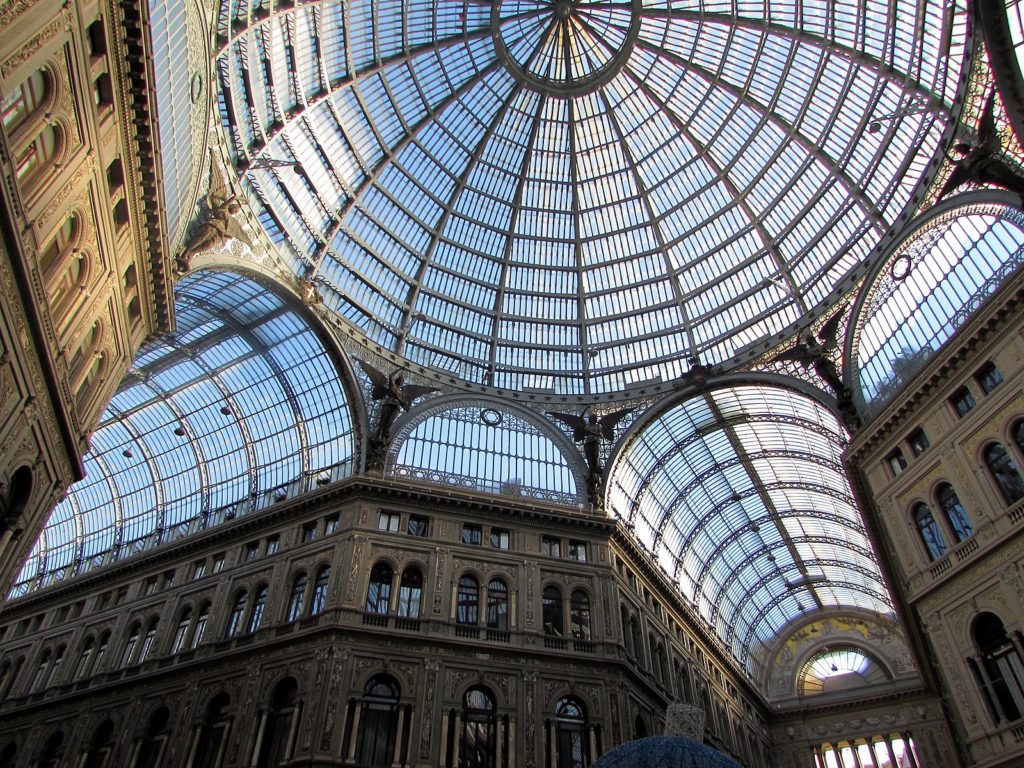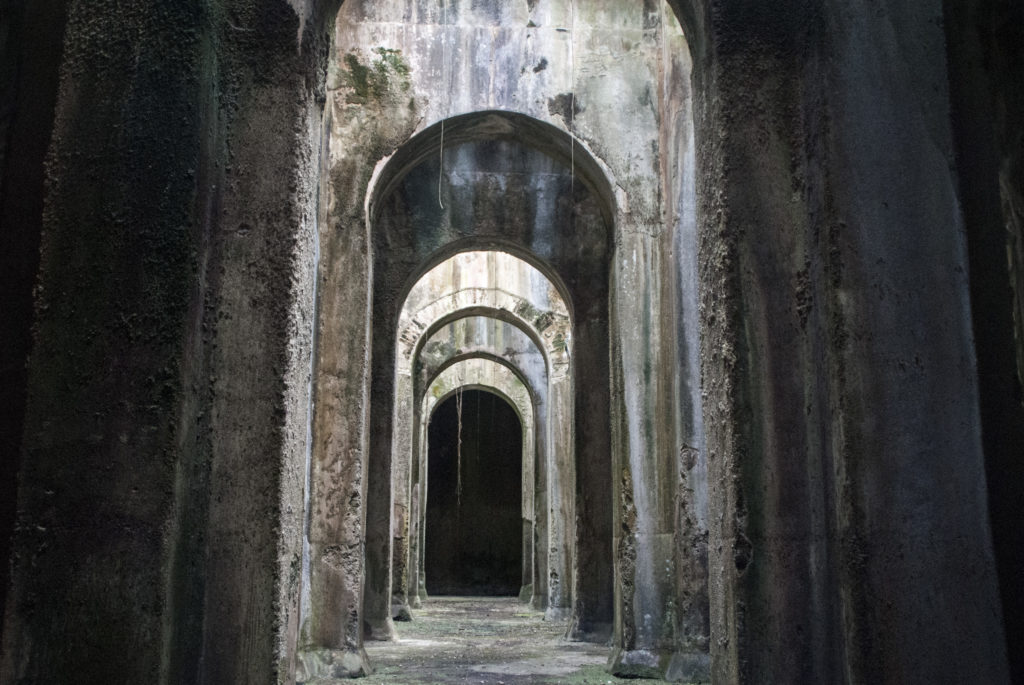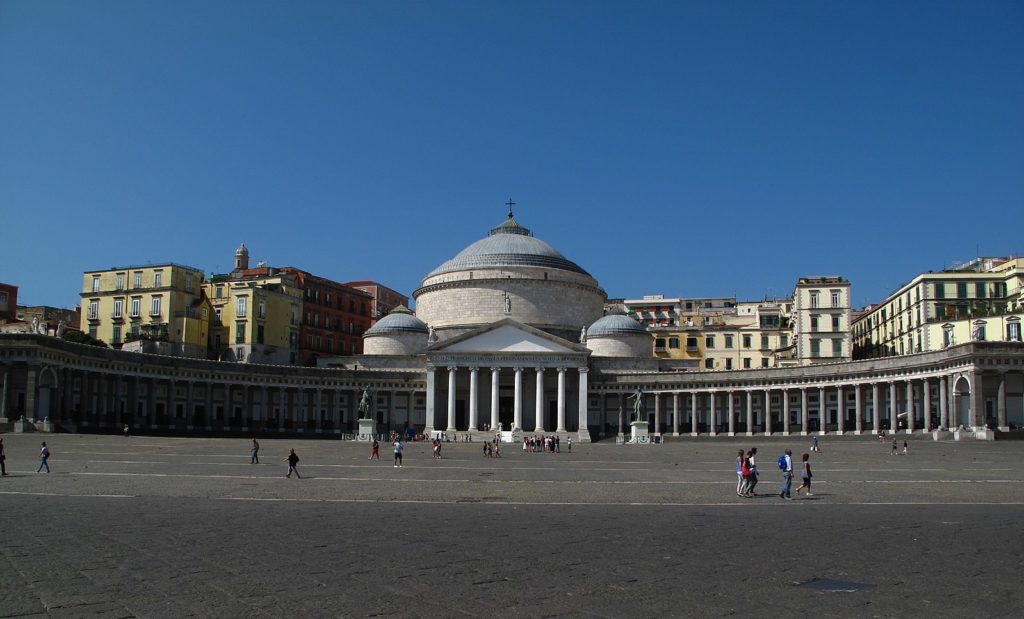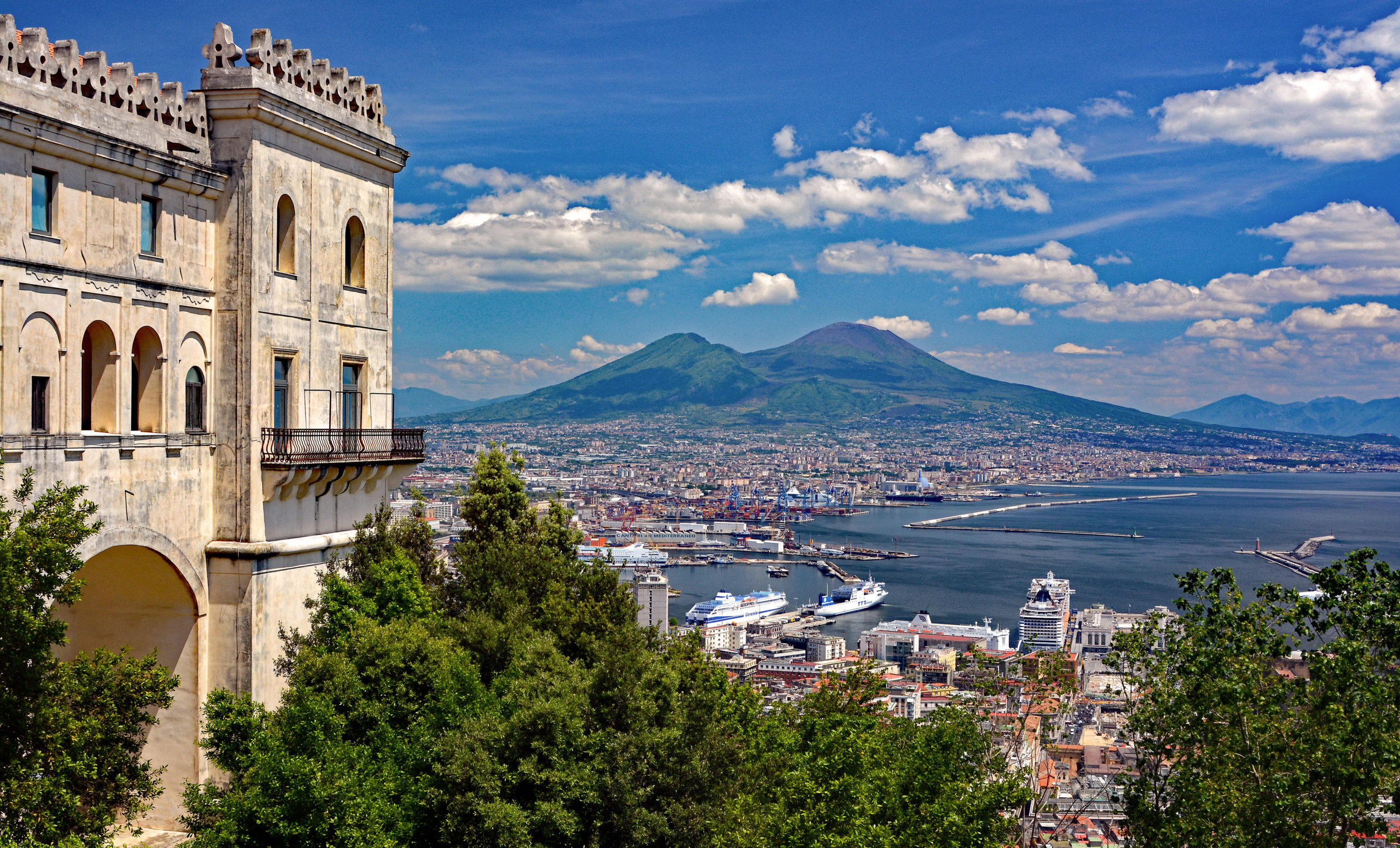Architizer's new image-heavy daily newsletter, The Plug, is easy on the eyes, giving readers a quick jolt of inspiration to supercharge their days. Plug in to the latest design discussions by subscribing.
“The owl of Minerva flies at dusk.” When GWF Hegel wrote this in the preface to his book Elements of the Philosophy of Right, he was speaking of the study of history, arguing that historians are useless when it comes to understanding the present. The significance of major events is never really understood until years later when historians are able to see how the pieces fit into a general pattern. The same can be said of our own lives. The experiences we regard as especially significant likely did not make sense to us when we were living through them. Most of us have moments we wish we could relive — moments that our past selves failed to appreciate. It Is impossible to look back on such times without a tinge of pain.
The Italian filmmaker Paolo Sorrentino understands this aspect of nostalgia; how it illuminates the past in strategic ways, plucking significant moments from the shadows to be surveyed at dusk with the wisdom of Minerva. His 2021 movie, The Hand of God, is a tribute to his parents, who passed away suddenly when the director was a teenager due to a carbon monoxide leak. The film reflects how the year of his parents’ death appears to him in hindsight, darkened just enough by time and longing for the major shapes to become discernible.
A magical realist autobiography, the film is marked by an openness to ambiguity and mystery that is nothing short of refreshing in our literal-minded and polemical age. The period recounted in the film was not a happy time for Sorrentino, but it was nonetheless a beautiful one, filled with wonder, strangeness and danger. Sorrentino brings the delicate and melancholy ambience of nostalgia to his portrayal of his hometown, Naples, making the city seem more itself, more alive, than it ever could in person. Such is the paradox and special ability of cinema.
The following Neapolitan landmarks are prominently featured in The Hand of God. Whether you have visited Naples before or not, streaming this movie on Netflix is a memorable way to experience the city.
Galleria Umberto I

The central dome of Galleria Umberto I. Photograph by Matteo Vannacci, via Wikimedia Commons.
It is hard to write about The Hand of God without overusing the word “dreamlike.” The same can be said of the work of many other Italian filmmakers, such as Federico Fellini. It is fitting, then, that some of the most dreamlike sequences in this film concern film shoots around Naples.
The first time we encounter the world of cinema, it is during an open audition to be an extra in a Fellini film. The movie’s protagonist and Sorrentino stand-in is a young man named Fabioetto. He is there to accompany his older brother, an aspiring actor. In the dark anonymous lobby, reminiscent of the demonic lodge in David Lynch’s Twin Peaks, Fabioetto finds himself surrounded by various colorful personalities, including a falconer with a live bird, a drag queen, and a woman dressed as a geisha. In the hushed atmosphere of this lobby, these would-be extras take on a sinister aspect.

The famous arcade originally contained both commercial space and residences. The facade is marked by Renaissance Revival motifs. Photo by Marie-Lan Nguyen via Wikimedia Commons.
Later, Fabioetto stumbles onto a film shoot in a much less mysterious but no less evocative environment: Naple’s famous shopping arcade, Galleria Umberto I. As he slowly approaches the shoot, Fabioetto notices that lines of people are gazing upward, toward the arcade’s magnificent glass and iron dome. When he looks up, he sees a man hanging upside down. Fabioetto asks a fellow passerby if this is for the Fellini picture, but learns that it for a different project directed by Antonio Capuano. The acrobatic spectacle, though, is certainly Felliniesque.
Galleria Umberto I was completed in 1890, part of the risanimento period following the unification of Italy, in which Naples underwent major redevelopment and central planning. It is one of the best examples of the Stile Umbertino, a form of eclectic Renaissance Revival architecture that incorporated modern elements like iron vaulting. The Stile Umbertino was similar to the Beaux Arts Style, but with a distinctively Italian flair.
La Piscina Miarbilis

The Ancient Roman cistern Piscina Mirabilis is the site of the film’s climax. Photo by Marianna via Flickr.
Antonio Capuano, the director of the film with the dangling man, reappears in the climax of the movie. Fabioetto is in the audience of a small play, seemingly a one-woman show, starring a woman named Yulia he had been admiring from afar. (He had first seen her at the film shoot at Galleria Umberto I, where he learned she was Capuano’s lover).
In the middle of the play, as Yulia screams at a severed head, Capuano stands up and begins loudly criticizing her acting. It seems their relationship had soured by this point and that the hot-headed Capuano has no compunction about interrupting a performance. Humiliated, Yulia runs offstage and Fabioetto follows her, but when he catches up to her he sees that she has found solace in the arms of another man. He then runs out into the street, where he sees Capuano storming away from the theater.
Fabioetto runs after Capuano and proceeds to tell the great director about his life. He reveals that he hopes to become a filmmaker, that he would like to create imaginary worlds because, after his parents’ death, the real world is no longer satisfying to him. “I don’t like reality anymore,” he says, “reality is lousy.” Capuano responds by angrily telling him that his pain is “not enough” to become an artist.

“The Hand of God” contains numerous shots of the water, including a magnificent one where Fabioetto gazes out of the cistern toward the sea at dawn. There are also scenes filmed in nearby Capri. Photo by Carlo Raso via Flickr.
Capuano and Fabioetto continue to walk through the darkened streets of Naples, the director sternly lecturing the young man about the difficulty and foolishness of pursuing a life in the arts. Their dreamlike sojourn brings them to the Ancient Roman cistern known as Piscina Mirabilis. One of the largest cisterns of the ancient world, the Piscina Mirabilis was once supplied with water from up to 100 kilometers away. It is remarkably well preserved and, although in private hands, can still be visited by the public. The dark pools and vaulted arches provide the perfect backdrop to this moonlit dialogue on life, art and adolescence.
Piazza del Plebiscito

The Piazza del Plebiscito. The central structure is the Church of Franscesco di Paola, which was modeled on the Pantheon. Photo by Rutger van der Maar via Wikimedia Commons.
The first character the viewer meets in The Hand of God is not Fabioetto but his glamorous and troubled aunt, Patrizia. We find her in the Piazza del Plebiscito, or the main piazza of Naples, waiting for a bus. The film thus begins in the very heart of the city.
The Piazza del Plebiscito is named for the plebiscite, or referendum, that led to Naples’ incorporation to the unified Kingdom of Italy in 1860. The Piazza is flanked by two major structures, the Royal Palace to the east and the church of Franscesco di Paola to the west, connected by two curving colonnades. The 1816 church is a fantastic example of Neoclassical architecture, as its scheme closely parallels that of the Pantheon. The palace, in contrast, is an older Neo-Baroque structure with French influences, which isn’t surprising at it was built to house the Bourbon dynasty, which ruled over Naples from 1735 to 1861.

The Royal Palace was once home to the Bourbon Dynasty. Photo by loloeig via Flickr.
Patrizia’s bus doesn’t arrive on time, so she accepts a ride from a man in a limousine who tells her he is San Gennaro, an early martyr of the Catholic Church and a favorite local saint in Naples. Although he lived nearly two thousand years ago, San Gennaro appears to Patrizia as a slickly dressed modern businessman. He takes her to a church where she meets the Little Monk, a figure from Neapolitan folklore, who promises to heal her infertility.
When Patrizia later shares this story with her family, everyone is quick to disbelieve her — everyone, that is, except Fabioetto. The future filmmaker recognizes that there is truth in imagined worlds, just as there is truth in a rose-tinted picture of a modern city. Some things can only be seen in the dark.
Cover photo by Hervé Simon via Flickr.
Architizer's new image-heavy daily newsletter, The Plug, is easy on the eyes, giving readers a quick jolt of inspiration to supercharge their days. Plug in to the latest design discussions by subscribing.









